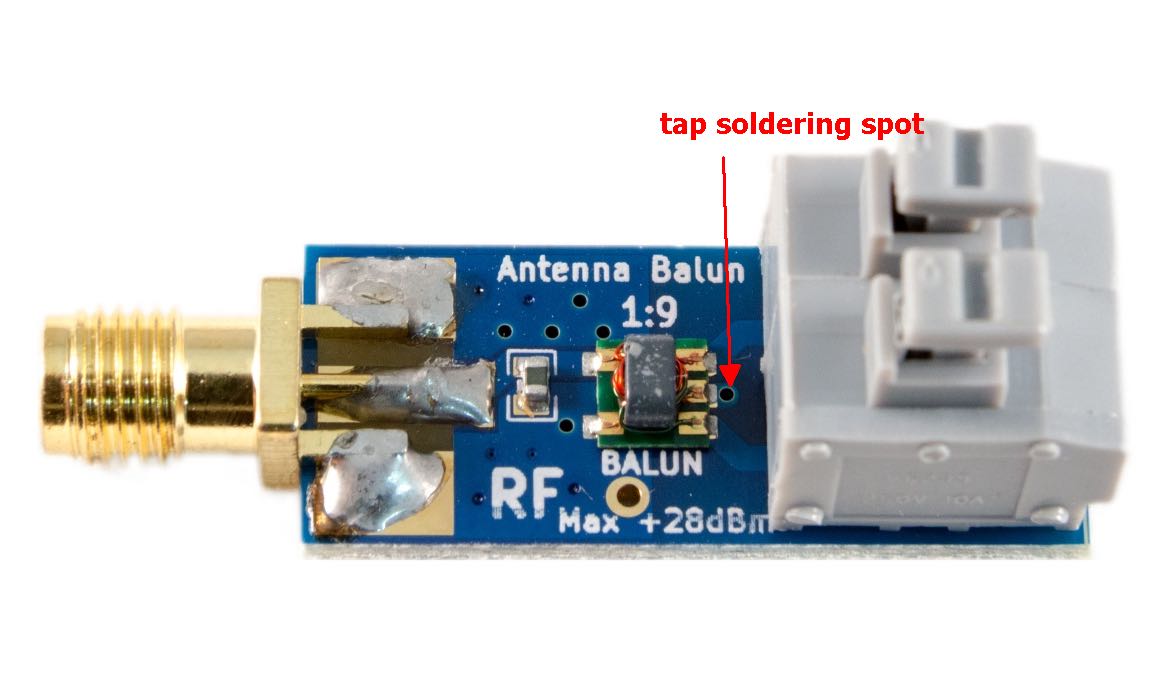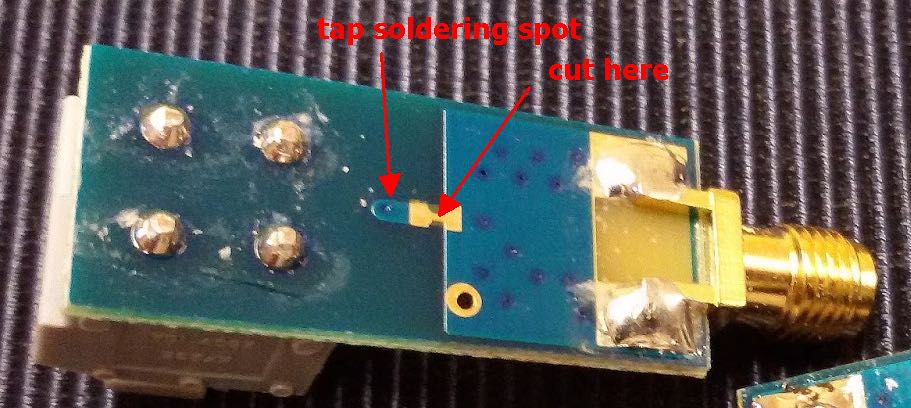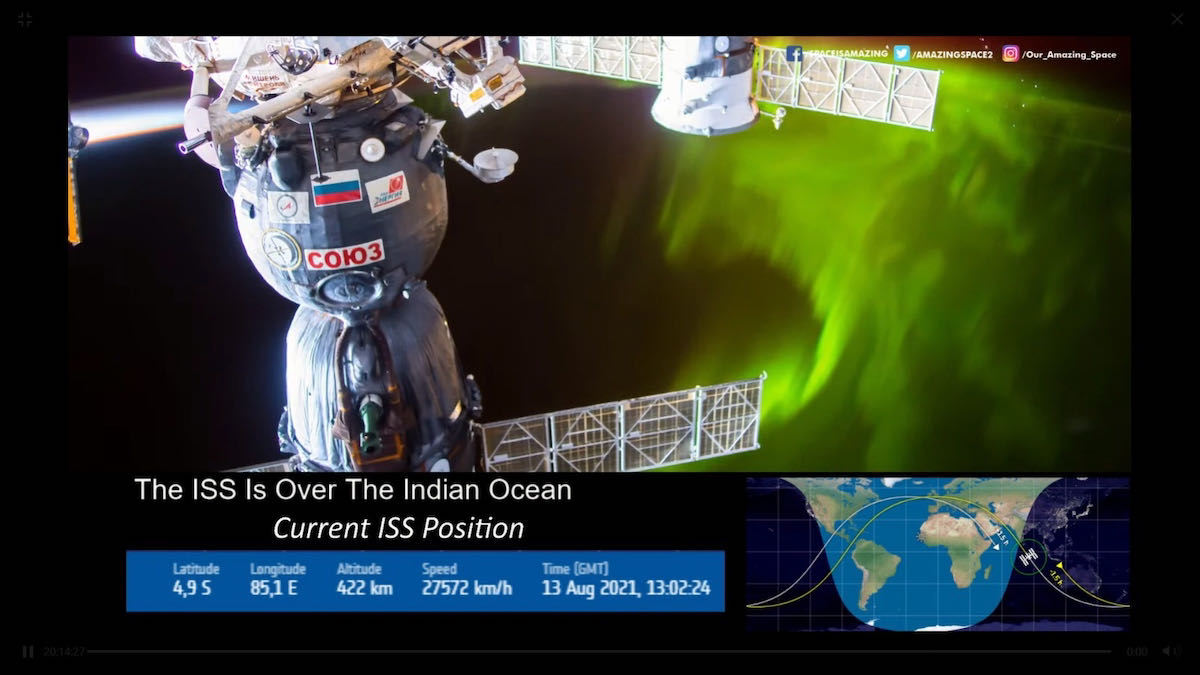(Source: SDRplay via Facebook)
Reminder – Sunday Aug 15th at 1700UTC, the SDRplay team will run a live webinar showing the new features of SDRuno V1.41 and answering your questions via YouTube chat. Here’s the link:

(Source: SDRplay via Facebook)
Reminder – Sunday Aug 15th at 1700UTC, the SDRplay team will run a live webinar showing the new features of SDRuno V1.41 and answering your questions via YouTube chat. Here’s the link:
Many thanks to SWLing Post contributor, Grayhat, who shares the following modification he made to a Noise-Cancelling Passive Loop antenna last year. He’s kindly allowed me to share his notes here, but apologized that at the time, he didn’t take photos of the project along the way and recycled many of the components into yet another antenna experiment.
Grayhat writes:
Here’s a simple tweak to the NCPL, made easy for anyone. Let’s start with the commercial NooElec 9:1 balun version 1 (not 2) … made in USA.
Look at the schematic of the balun:
Cut the R1 (0 Ohm resistor – jumper) so that the center tap of the transformer won’t be connected to ground, then solder a short piece of wire to the tap.

The first pic (top) shows the balun seen from top side, the arrow indicates the small hole going to the transformer tap.

This pic shows the bottom of the board with the trace to cut and the spot for soldering the tap wire (needs cleaning with a bit of sandpaper to remove the cover paint). The solder is as easy as 1-2-3 once the trace is cut and the spot cleaned just insert a wire from the top of the board and solder it to the bottom and there you go!
Build the NCPL using “fat” coax (RG8 will do) with the top cross connection.
Side note: the top “cross connection” is the weak point, so it would be a good idea putting a short piece of (say) PVC pipe over that point, the piece will also help suspending the loop or sticking its top to the support pole, as for the feedpoint, a small electrical junction box will fit and protect the tiny balun from bad weather
Now the difference: connect the two center conductors of the NCPL to the balun input and the braid to the wire going to the center tap (as above).
Such a configuration will give some advantages over the “standard” NCPL one. The loop will now be galvanically isolated from the feedline/receiver so it will have much less “static noise.” Due to the tap, the typical 8 pattern of the loop will be preserved, this means that the loop will now have much deeper nulls.
By the way, the balun could just be wound w/o buying it. I suggested the nooelec since that way anyone with little soldering ability will be able to put it together. Oh and by the way it’s then possible adding a small preamp at the balun output if one really wants, any preamp accepting a coax input will work. 🙂
Again, if you can/want, give it a try !
Many thanks for sharing this, Grayhat! We always welcome your inexpensive, innovative urban antenna projects!
Post readers: If you have question, feel free to comment and I’m sure Grayhat can help.
 Many thanks to SWLing Post contributor, Dan Van Hoy, who writes:
Many thanks to SWLing Post contributor, Dan Van Hoy, who writes:
I just happened to stop by the ISS live stream and catch a very substantial aurora. Not what we want for good shortwave radio conditions, but a wonderful sight nevertheless. Astute observers will note the location of the ISS and the fact that it’s not likely an aurora would extend to that area. It appears this moment was pre recorded to fill in some dead air (LOS). Still a thrill to see. Nice, peaceful music on the Youtube stream too!
Two sites for ISS live stream viewing are:
https://eol.jsc.nasa.gov/ESRS/HDEV/
and
https://youtu.be/EEIk7gwjgIM
73, Dan…VR2HF
Wow! Thank you, Dan. I find the ISS live feed mesmerizing. If I had decent Internet at home, I believe I would keep the feed live on a monitor at all times.
Thank you for sharing this!
Many thanks to SWLing Post contributor, Pedro Andrade, who writes:
Hi Thomas!
I’m a noob when it comes to DXing, I only got into the hobby late 2020, and I got to say: I’m hooked. So, sooner or later, I would hit your website/blog. For that, and the continued work in every aspect of the hobby (technical issues, tips, tricks, schedules, etc), I thank you from a noob perspective and from someone that believes the internet is beautiful when it comes to sharing and getting communities together.
That said […]the reason for writing this email, is that I found out that the ETM scan could be very much improved on the Tecsun PL-310et (and I think others).
You simply change the filter sensitivity prior to the scan: the higher the filter the lower the sensitivity. The lower the filter (1 kHz) the higher the sensitivity and thus more stations caught by the scan.
Here’s a video showing it in action:
I hope you find this useful and worth sharing for your readers.
Thanks again for the continued work on the radio side of things.
Regards, Pedro.
What a brilliant tip, Pedro! Thank you for sharing and also for demonstrating in your video! Also, thank you for the kind words about the SWLing Post–an amazing community of folks like you and a pure labor of love!
Many thanks to SWLing Post contributor, Jock Elliott (KB2GOM), who shares the following guest post:
Recently, I published a guest post for the SWLing Post in which I wrote enthusiastically about the ATS feature on the CCrane Skywave SSB. Everything I wrote was true, except for one small detail. And that, it turns out, is a nice bonus for Skywave SSB owners.
We’ll get to that in just a moment, but first, let’s take a look at what the Skywave SSB manual says about memory:
“Memory Preset Buttons 0-9. Save your favorite stations to memory buttons. To save a station, press and hold any memory button for 2 seconds while the station is playing. To play a saved station, press the same button once quickly. Note: The CC Skywave SSB is a ‘smart’ radio and will remember current settings when a station is preset into memory. The current settings that will be saved with your stations are: 1. Stereo or Mono selection on FM. 2. Bandwidth selection on AM, Shortwave, or Air Bands. 3. Tone settings.”
Further, the manual says this about the Page Button:
“Each memory page allows you to save 10 additional stations per band. To change to a different page, press the PAGE button once quickly, then press any memory button 0-9 to select the Page you desire.”
So, do the math: there are 10 pages. Each page can store 10 memories. 10 x 10 = 100, right?
So imagine my surprise when I visited the C.Crane website early this AM, and the first thing that pops up is the Skywave SSB, and, prominently displayed, it says: “400 memories.”
Whaaaat?!
I check; the manual says nothing about 400 memories, no hint that by pressing some secret combination of buttons you can access memories beyond the 100 obvious ones.
Then it begins to dawn on me: what if each band – SW, AM, FM, AIR – has its own bank of 100 memories? That would account for C.Crane’s claim of 400 memories. Hmmm. Further, what if the ATS (Automatic Tuning System) function – which “programs all receivable stations in the AM, FM, Air and Shortwave bands to memory buttons” – automatically stores the frequencies in the appropriate memory bank for that band? That would be pretty neat.
So I grab the Skywave SSB and run a quick ATS search on the SW band. Sure enough, it stores some SW stations, starting at Page 1, Memory 1, overwriting whatever had been stored there. Then I select the AIR band and access memories, starting at Page 1, Memory 1. There are only AIR frequencies stored there. I select the FM band and access the memories; nothing but FM stations stored there. Same thing with AM. Clearly, there are separate memory banks for each band.
So here’s the good news: the Skywave SSB does, indeed, have 400 memories, a 100-memory bank for each band: SW, AM, FM, AIR. Further, when you do an ATS search, the frequency “hits” are stored, starting at page 1 for that band. Therefore, if you do an ATS search on the SW band, the hits are stored in the memories for SW, and the memories that are stored for, say, AIR, are not overwritten. (And that is where I got it wrong.)
So, if you are traveling, you can do a search on local AM stations, local FM stations, SW stations, and local AIR stations, each will be stored in its own memory bank, starting at page 1, memory 1, for that band. Pretty neat.
In addition, I need to offer a clarification. I wrote:
“if you put the Skywave SSB in single sideband mode, it will scan the ham bands, automatically changing sidebands appropriately as it hops from ham band to ham band. Note: when you check the memories stored during an ATS ham band search, you may not find anything there, simply because ham transmissions come and go much more often than international broadcasters.”
All of that is true, but the Skywave does not store whether the frequency is USB or LSB. My bad; I should have noticed that.
Cheers, Jock
Many thanks to SWLing Post contributor, Emilio, who writes:
Hi Thomas
I hope you are healthy. A few weeks ago, I got COVID-19; fortunately, I got the vaccine a few weeks ago, so my symptoms were minimal. Today only a little cough remains.
In my isolation, I listened to a lot shortwave radio and watch many old movies, including this one:
Fukkatsu no Hi–literally Day of Resurrection, also known as “Virus”–is a 1980 post-apocalyptic science fiction film about an advanced virus wiping out all life on Earth except 863 people in Antarctica. “
Below I’ll share a scene from the film–some mixed emotions about this scene as Japanese actors react.
So this is why need teach to young and kids the basic radio communication, and perhaps handle of armament. Ha ha! 😀
Wow! This is great–thank you for sharing this, Emilio! I do hope you’re feeling better. I’m glad shortwave radio and post-apocalyptic Japanese films have given you refuge as your recuperate! I’ve gotten a number of messages recently from SWLing Post contributors out there who recently contracted a variant of Covid-19.
Readers, take some practical measures to avoid getting and spreading the virus, and stay healthy out there! We don’t want to lose any more of our radio community to this nasty bug.
Be well and happy DX!
Many thanks to SWLing Post contributor, Brian D. Smith (W9IND), who shares the following announcement:
If the month of May took you two-thirds of the way to the W9IMS Checkered Flag Award, the week ahead can carry you to Victory Lane.
From now through Sunday, members of the Indianapolis Motor Speedway Amateur Radio Club will operate their third and final special event of 2021, commemorating the upcoming NASCAR Brickyard 200 race. Work or tune in W9IMS and you’ll qualify for a special QSL card – along with the Checkered Flag certificate if you logged the station during this year’s previous special events, the Grand Prix of Indianapolis and the Indianapolis 500, both held in May.
You’ll find W9IMS on 20 and 40 meters and possibly 80 – generally near 3.840, 7.245 and 14.245 MHz – and frequently on two bands simultaneously, especially during the 6 to 10 p.m. EDT “prime time” on weeknights (2200 to 0200 UTC).
To see if the station is on the air at any given time, go to DX Summit – http://dxsummit.fi/#/ – and type “W9IMS” in the search box at upper right.
For more information about W9IMS, including instructions on how hams and SWLs can obtain certificates and QSL cards, go to www.w9ims.org. The page also contains a link to the Brickyard 200 operator schedule, but keep in mind that ops can get on the air at any time, day or night, between now and through Sunday.
If all else fails, look for W9IMS during its final hour of operation, between 11 and 11:59 p.m. local time Sunday (0300 to 0359 UTC Monday). That’s when W9IMS often engages in rapid contest-style QSOs, sometimes on two bands, as the final minutes tick away.
But don’t stake your card or certificate on it! W9IMS operators have been known to pull the plug early if band conditions deteriorate and/or calling stations become scarce.
– Brian D. Smith, W9IND